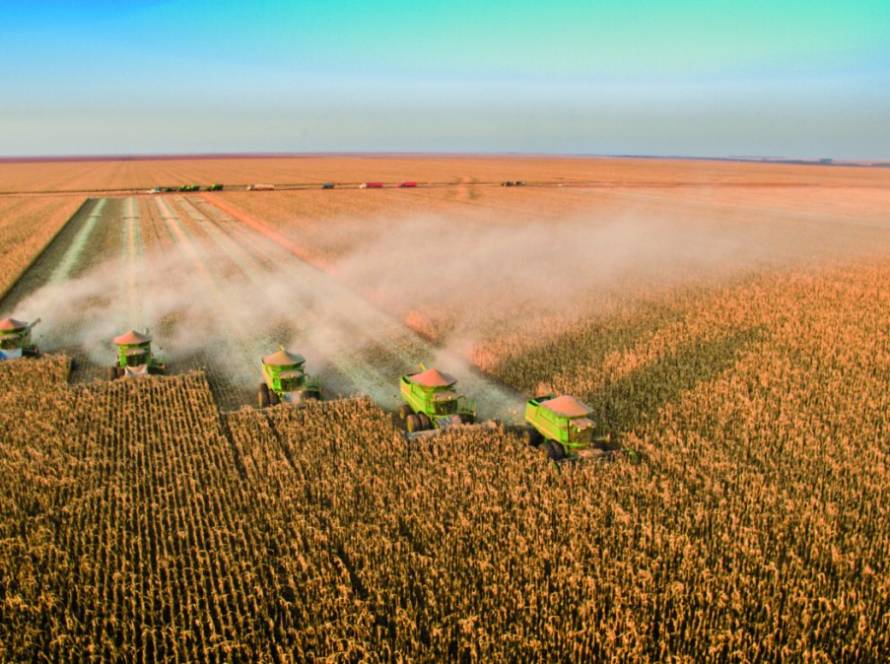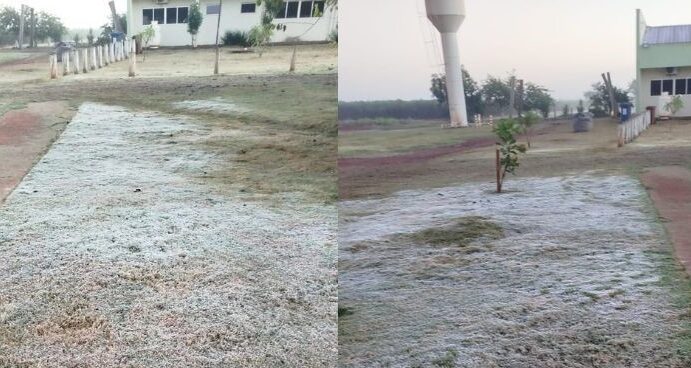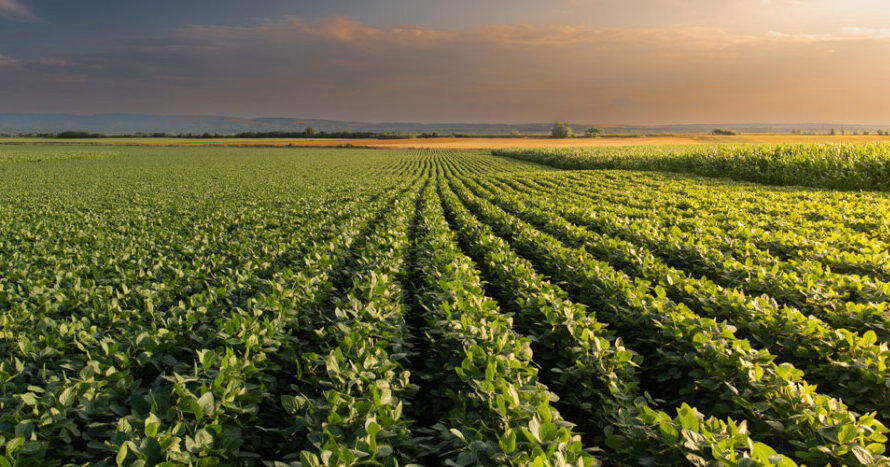Rainfall in practically the entire state in recent days is helping with the planting and development of wheat, the main winter crop in Paraná. Wheat farmers in Paraná are expected to plant around 850 thousand hectares, 25% less than the 1.1 million hectares of the previous cycle. Even with this reduction in area, the rains arrived at the right time. So far, approximately 78% of the area has been planted.
For these, the rain should help the development of crops, which were already doing well, with ongoing phytosanitary control and low incidence of pests. But it also helps the 22% who left planting to later, according to the Weather and Cultivation Conditions report, released by the Department of Rural Economy (Deral), of the State Secretariat of Agriculture and Supply.
Another beneficiary was barley, which recorded 39% of the 94.3 thousand hectares planted. In the regions where the crop entered the vegetative development phase, the rains also helped. In the other regions, where planting has just begun, progress has been observed despite the humidity.
Rainfall has also been beneficial for the formation of pastures, favoring the production of green mass and improving animal feed conditions. However, the rains have also damaged products that are in the harvest period, making field work impossible.
Harvest
In coffee farming, the harvest is delayed and progressing slowly due to the rains, which also affect drying and marketing. According to Deral technicians who monitor the crop, losses in grain production and attacks by the leaf miner have been recorded. Even so, productivity is still considered good in the main producing regions.
Sugarcane harvesting has been temporarily interrupted, but is continuing as planned. This is unlike the second-crop bean harvest, which has been delayed. Excess moisture has caused a loss of quality, but concerns remain because some crops have dried out and are still in the field awaiting stable weather to be harvested.
Municipalities that were harvesting their second corn crop had to stop work, but no significant impact on production is expected. Those where the crop was in the grain filling period had a favorable climate for good production potential. Even occasional frosts were not so intense as to cause significant losses.
Producers who opted for a second soybean crop are also having difficulty with the end of the harvest. For the rest, sales have been slow due to unattractive prices, generating concerns about the storage of the next corn crop.
Some banana and vegetable crops were damaged in the North due to hail. In the South, occasional frosts affected leafy vegetables, although the use of protection has minimized losses. Cassava producers continue to harvest and prepare the soil for the next harvest. Many areas are ready for planting, but incomplete maturation of the cassava stalks has delayed the start of activities.






